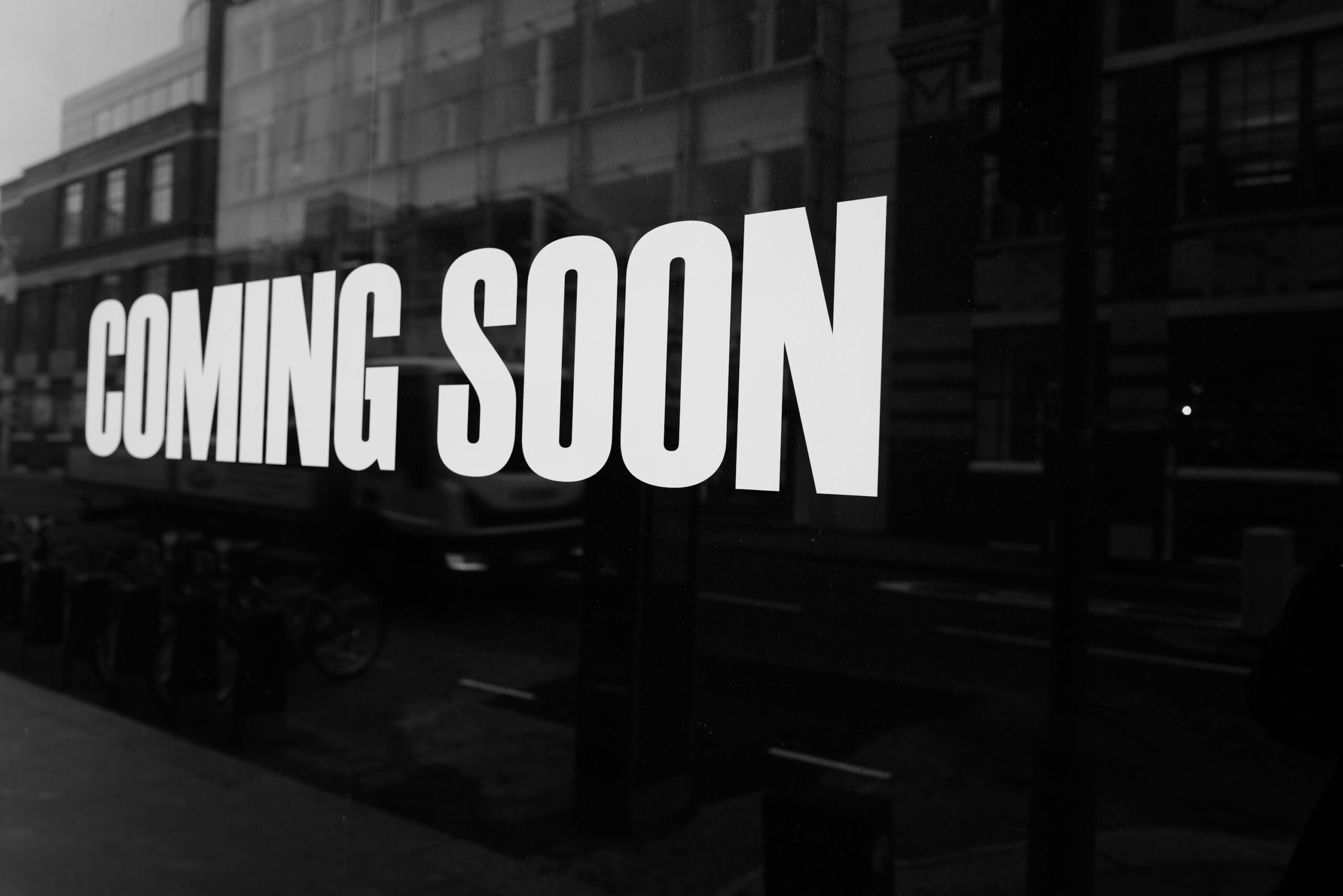
Creative Destruction
Art in public spaces plays a transformative role in enhancing urban environments. It serves not only as a feast for the eyes but also as a catalyst for community engagement and cultural expression. From murals adorning building walls to sculptures dotting parks, public art invites dialogue and fosters connections among diverse audiences.
Public art often reflects the identity and history of a community through artistically displaying local stories, notable figures, and cultural traditions. This inclusivity allows residents and visitors alike to engage with the artistic narrative that resonates with their collective memory and aspirations. Furthermore, these artworks frequently contribute to placemaking, turning overlooked spaces into vibrant hubs of activity and interaction.
In addition to aesthetic value, art in public spaces can spark social change by addressing pressing societal issues. Thought-provoking installations and performances can provoke critical conversations and challenge the status quo, creating platforms for marginalized voices. As cities continue to grow and evolve, the integration of art into public life remains essential, as it enhances the beauty of the environment while enriching the community’s cultural landscape. Ultimately, public art not only beautifies the space but also cultivates a sense of belonging and shared experience among individuals.
